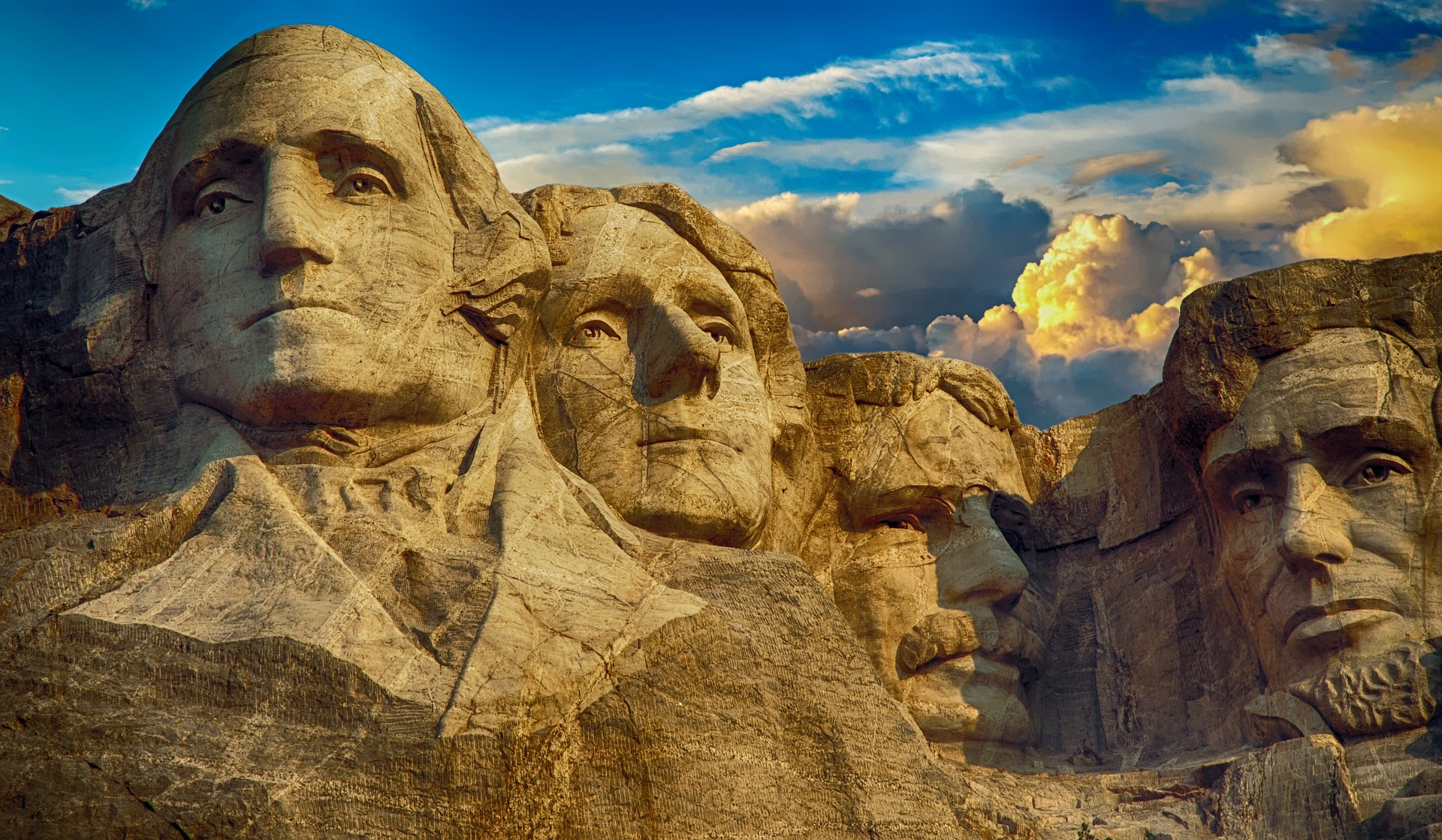Reexamining the Role of Executive Orders in Modern Governance
In recent years, executive orders have become an increasingly prominent tool in the governance of nations. These directives, issued by the chief executive of a government, can have far-reaching consequences for both legislation and policy. This article delves into the historical context, current legal updates, and societal implications of executive orders.

The Historical Context of Executive Orders
Executive orders have a long history, dating back to some of the earliest governments. In the United States, the first executive order was issued by President George Washington in 1789. Since then, they have remained a vital component of executive power, allowing presidents to enact changes swiftly and decisively. The use of executive orders can vary greatly between administrations, with some presidents issuing hundreds during their terms, while others have issued only a handful.
Understanding the Legal Framework
The legal basis for executive orders is derived from the country’s constitution. In the United States, for instance, the authority is extrapolated from the “executive power” vested in the President by Article II, Section 1 of the Constitution. However, the language of the Constitution does not explicitly mention executive orders, leading to ongoing debates about their constitutional legitimacy. Over time, court rulings have established that executive orders have the same legal force as laws passed by Congress, as long as they do not exceed the president’s authority or contravene existing laws.
Recent Developments in Executive Orders
The modern era has seen a surge in the use of executive orders, particularly in the United States. Presidents have used them to address a wide range of issues, from immigration policy to environmental regulations. The current administration has also made extensive use of executive orders, leading to further discussions and debates about their use and implications.
Impact and Implications of Executive Orders
The impact of executive orders can be profound and far-reaching. They can shape national policy, influence international relations, and affect the lives of millions of citizens. However, their use is not without controversy. Critics argue that executive orders can bypass the democratic process, enabling the president to make significant decisions without legislative approval. Supporters, on the other hand, argue that executive orders are necessary for effective governance, allowing for swift action in response to pressing issues.
Conclusion
As the use of executive orders continues to rise, understanding their role in modern governance becomes increasingly critical. These directives, powerful tools in the hands of the executive, can bring about significant change, reflecting the evolving dynamics of power within governments. However, it is essential to balance the need for decisive action with the principles of democracy and the rule of law. As citizens, staying informed about these issues is crucial to ensure the effective functioning of our political systems.





